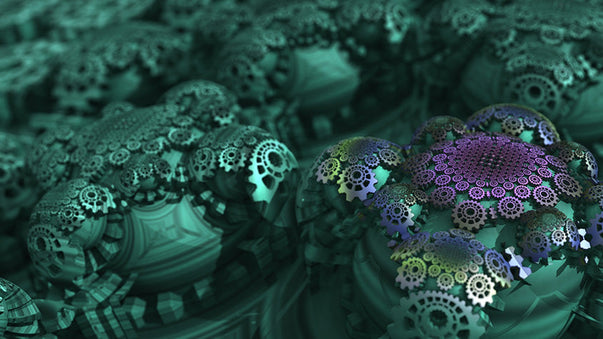Low-Cost Cancer Therapy

Let’s start with some lifestyle advice: A Boston University study warns that more than half of US adults are affected by obesity, which is a dangerous condition.
I must confess that I love eating good (read: probably unhealthy) food and hate all forms of physical exercise more intense than sitting down with a good book. But I understand that being overweight is dangerous, and I always promise myself to lose weight. Alas, I never do it, but I hope you are stronger than me!
I love meat, chicken and coffee, so in recent health-related headlines I find good news: coffee can delay the onset of diabetes, and bad news: eating red meat and poultry is related to higher risk of diabetes.
But there's only good news for meditation fans: A new study from the University of Waterloo found that practicing just 25 minutes of Hatha yoga or mindfulness meditation per day can improve brain function and energy level.
The first research summary below doesn’t seem too high-tech. What, no nanoarticles? No CRISPR? Not even cell immunotherapy? Just ethanol injections to kill cancer? That can’t be serious, now can it.
But a feeling comes to mind that this Duke research could have a dramatically good impact, provided of course that the preliminary findings are confirmed and extended and all that. "Simple, low-cost, non-surgical cancer treatments like the one demonstrated in the Nature study [are] badly needed in developing areas," notes a Futurism story.
Cheap ethanol injections against cancer. The American Council on Science and Health reports that Duke University researchers have developed a low-cost alternative cancer therapy based on intratumoral ethanol injection suitable for resource-limited settings. The research results, published in Scientific Reports (open access), show that injecting an ethanol-based gel directly into a specific type of tumor, called squamous cell carcinoma, resulted in a 100 percent cure rate in a hamster model.
Biocompatible, degradable biomaterials for tissue engineering. Brown University engineers have demonstrated a technique for making 3D printed biomaterials that can degrade on demand. The study, published in Lab on a Chip, describes LEGO-like polymers that can be attached together in 3D structures, and then gently detached again under biocompatible conditions. According to the researchers, the biocompatibility of the new biomaterials is promising for future applications, including in making scaffolds for artificial tissue and organs.
Tissue engineers at Northwestern develop bioactive patches and therapeutical nanoparticles. Scientists at Northwestern Medicine have found that biodegradable nanoparticles injected after a spinal cord trauma can prevent the inflammation and internal scarring that inhibits the repair process. The study is published in Neurobiology of Disease. Other Northwestern researchers have invented bioactive “tissue papers” made of materials derived from organs, which could be used to regenerate tissues.
Fast handheld cancer diagnosis tool could help surgeons. Scientists and engineers at University of Texas at Austin have invented a powerful tool, dubbed MasSpec Pen, which rapidly and accurately identifies cancerous tissue during surgery, delivering results in about 10 seconds - more than 150 times as fast as existing technology. The device, described in a study published in Science Translational Medicine, gives surgeons precise diagnostic information about what tissue to cut or preserve, helping improve treatment and reduce the chances of cancer recurrence.
Quantum technologies for biotech imaging. Scientists at the Australian Centre for Quantum Computation & Communication Technology have developed a way to detect nuclear spins in molecules non-invasively, providing a new tool for biotechnology and materials science. The new technique for imaging life at the nanoscale could have medical research applications, for example by providing new insights into the role of transition metal ions such as copper in neurodegenerative diseases. The research results, published in Nature Communications, show that the new approach permits non-invasive imaging with unprecedentedly high resolution.
More Articles
Don't miss a beat! In our Pulse Newsletter, Thrivous curates the most important news on health science and human enhancement, so you can stay informed without wasting time on hype and trivia. It's part of the free Thrivous newsletter. Subscribe now to receive email about human enhancement, nootropics, and geroprotectors, as well as company news and deals.
Read more articles at Thrivous, the human enhancement company. You can browse recent articles in Thrivous Views. See other Pulse Newsletter articles. Or check out an article below.
-
Tiny Medical Robots and Even Smaller DNA Nanobots
The two most interesting advanced biomedical development news items released last week come both from the California Institute of Technology ...
-
FDA Approves First Gene Therapy
"We’re entering a new frontier in medical innovation with the ability to reprogram a patient’s own cells to attack a ...


